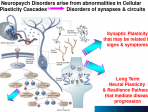 00:42:00
00:42:00
Short-term Synaptic Plasticity
Our brain is a network of about 10^11 neurons, which are connected via synapses. A neuron typically receives input from about 10000 other neurons, which can be either excitatory or inhibitory. The neuron integrates these inputs and generates an actio....
More details | Watch now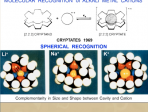 00:34:00
00:34:00
Towards Adaptive Chemistry
Supramolecular chemistry lies beyond molecular chemistry. It aims at implementing highly complex chemical systems from molecular components held together by non-covalent intermolecular forces and effecting molecular recognition, catalysis and transp....
More details | Watch now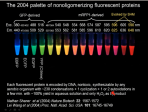 00:33:00
00:33:00
Molecules Against Cancer or for Long-Term Memory Storage
For cancer diagnosis and therapy, we are developing activatable cell-penetrating peptides (ACPPs), synthetic molecules with a novel amplifying mechanism for homing to diseased tissues. ACPPs are polycationic cell-penetrating peptides whose cellular ....
More details | Watch now 00:36:00
00:36:00
A Personal View of the History of Nuclear Magnetic Resonance in Biology and Medicine
In 1952, Felix Bloch and Edward Purcell were awarded the Nobel Prize in Physics for the description of the phenomenon of nuclear magnetic resonance (NMR). Over the years, NMR has been used in a wide range of fundamental studies in physics, and in the....
More details | Watch now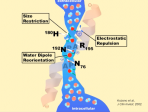 00:32:00
00:32:00
Aquaporin Water Channels _ From Atomic Structure to Malaria
Aquaporin (AQP) water channel proteins enable high water permeability in certain biological membranes. Discovered in human red cells but expressed in multiple tissues, AQP1 has been thoroughly characterized and its atomic structure is known. Expres....
More details | Watch now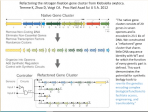 00:34:00
00:34:00
Synthetic Biology for Genetic Engineering in the 21st Century
Synthetic biologists seek to design, build, and test novel biological systems. We have chemically synthesized a bacterial genome (Mycoplsama mycoides, 1078Kb) and brought it to life by transplantation into the cytoplasm of a related species. We are....
More details | Watch now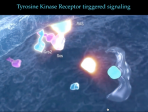 00:39:00
00:39:00
You can see a lot by observing: Optical Microscopy 2.0
Biological research and medicine were transformed by the invention and improvement of the optical microscope. Since the early 1990s, there has been another revolution in optical imaging, and manipulation of individual biological molecules and bio-mo....
More details | Watch now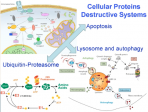 00:32:00
00:32:00
The Revolution of Personalized Medicine: Are We Going to Cure All Diseases and at What Price?
Many important drugs such as penicillin, aspirin, or digitalis, were discovered by serendipity - some by curious researchers who accidentally noted a "strange" phenomenon, and some by isolation of active ingredients form plants known for centuries to....
More details | Watch now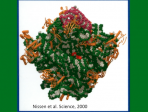 00:28:00
00:28:00
From the Structure of the Ribosome to New Antibiotics
Structural studies of the ribosome exemplify the evolution of structural studies in cell biology from the early negatively stained images of macromolecular assemblies in whole cells, to a detailed atomic understanding of the mechanisms of action of a....
More details | Watch now 00:31:00
00:31:00
Infections Linked to Human Cancers: Mechanisms and Synergisms
Slightly more than 20% of the global cancer incidence is presently being linked to viral, bacterial, or parasitic infections. The mechanisms by which these agents mediate malignant transformation differ substantially. Some contribute directly, freq....
More details | Watch now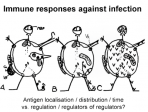 00:32:00
00:32:00
Why Do We Not Have a Vaccine Against HIV or Tuberculosis?
Analysis of the immune system is fascinating and progressing rapidly. As a field of medical enquiry, it has however, drifted and turned purely academic. This is because interest and appreciation of protective immunity in infectious disease medicine....
More details | Watch now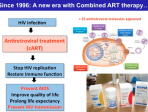 00:32:00
00:32:00
On The Road Toward an HIV Cure
Since the first cases of AIDS in 1981 and the identification of its etiological agent in 1983, much progress has been made in both the development of tools to prevent and treat HIV infection and the access to these tools. In particular, the wide arr....
More details | Watch now
